The world of trail riding has evolved dramatically over the past decade, transforming from a niche outdoor activity into a global phenomenon. What began as rugged paths carved by wildlife and indigenous peoples has now become a meticulously designed network of trails catering to every skill level. Modern trail systems blend natural topography with engineered features, creating immersive experiences that challenge riders while preserving the environment. The scent of damp earth after a morning rain, the crunch of gravel under knobby tires, and the sudden adrenaline surge when navigating a technical descent - these sensory elements combine to create what devotees call "dirt therapy."
Seasoned riders will tell you that every trail has its own personality. Some flow like liquid poetry, with banked turns and rhythmic rollers that allow cyclists to enter an almost meditative state. Others resemble obstacle courses from hell, demanding total concentration as riders pick their way through rock gardens, root webs, and sudden drop-offs. The most legendary trails often combine both elements, alternating between heart-pounding technical sections and recovery zones where riders can catch their breath while taking in breathtaking vistas. These carefully crafted experiences don't happen by accident - they represent thousands of hours of work by dedicated trail builders who understand the delicate balance between challenge and accessibility.
Climate and geography play starring roles in shaping regional trail characteristics. The Pacific Northwest's loamy soil creates hero dirt that grips tires like velcro, while the Southwest's slickrock demands completely different riding techniques. Appalachian trails often feature endless rock gardens formed by ancient mountain erosion, whereas Midwest singletrack frequently winds through hardwood forests with berms built to compensate for the lack of natural elevation changes. Tropical regions present their own challenges - trails there must account for daily rainfall, rapid vegetation growth, and unique soil compositions that can change from concrete-hard to bottomless mud within hours.
The equipment revolution has kept pace with trail development. Today's trail bikes feature suspension systems that would have seemed like science fiction twenty years ago, with sophisticated dampers that can be adjusted for everything from plush comfort on marathon rides to ultra-responsive performance for aggressive descending. Tire technology has similarly advanced, with compounds and tread patterns optimized for specific soil conditions. Yet despite these technological marvels, many riders are returning to simpler setups - hardtail frames with minimal suspension, or even rigid bikes that force greater attention to line choice and technique. This back-to-basics movement reflects a growing appreciation for the fundamentals of trail riding.
Trail culture has developed its own rich traditions and etiquette. The universal greeting - a quick nod or raised hand between passing riders - creates instant camaraderie among strangers. More codified rules govern right-of-way situations, with uphill riders generally given priority and faster riders politely announcing their presence when overtaking. Trail stewardship has become a point of pride for local communities, with regular maintenance days where volunteers repair erosion, clear debris, and improve drainage. These gatherings often evolve into social events, reinforcing the unique blend of individualism and community that defines the sport.
Environmental considerations now shape trail development more than ever before. Modern building techniques emphasize sustainability, using natural drainage patterns and soil stabilization methods to prevent erosion. Many trail systems incorporate "rest zones" where vegetation is allowed to reclaim areas, giving the land periodic recovery periods. Some of the most innovative projects involve reclaiming abandoned industrial sites - quarries, landfills, and even former mining operations - transforming ecological scars into thriving trail networks that help heal both the landscape and local communities.
The future of trail riding appears brighter than ever, with new technologies like augmented reality trail markers and smartphone-assisted navigation beginning to emerge. Yet at its core, the sport remains gloriously analog - about the connection between rider, bike, and terrain. Whether it's the satisfaction of cleaning a technical climb that previously defeated you, or the simple joy of flowing through dappled sunlight beneath a forest canopy, trail riding offers rewards that transcend fitness or competition. It's a celebration of movement through landscapes, a dance with gravity and momentum that leaves participants physically exhausted yet mentally rejuvenated.
As trail systems continue to expand globally, they're creating unexpected economic impacts. Small towns near quality trail networks often experience revitalization as cyclists support local businesses. Guide services, bike shops, and trailside cafes spring up to serve the influx of riders. Some communities have even leveraged their trail systems to attract remote workers seeking active lifestyles. This economic dimension adds another layer to trail development conversations, transforming recreational planning into comprehensive community development strategies.
The democratization of trail access represents another significant shift. Adaptive bikes now enable riders with disabilities to experience trails previously considered inaccessible. Youth programs introduce new generations to the sport, while women-specific clinics and rides help balance historically male-dominated participation. These inclusivity efforts enrich the trail community while ensuring the sport's long-term vitality. After all, the shared stoke of a great ride knows no demographic boundaries - it's written in the universal language of mud-splattered grins and stories exchanged over post-ride beers.
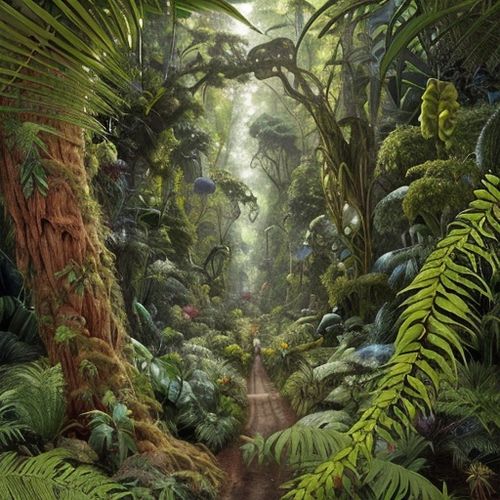
By George Bailey/Apr 28, 2025
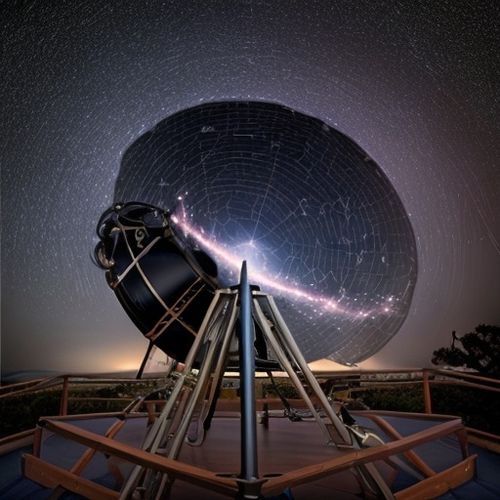
By Lily Simpson/Apr 28, 2025

By Grace Cox/Apr 28, 2025
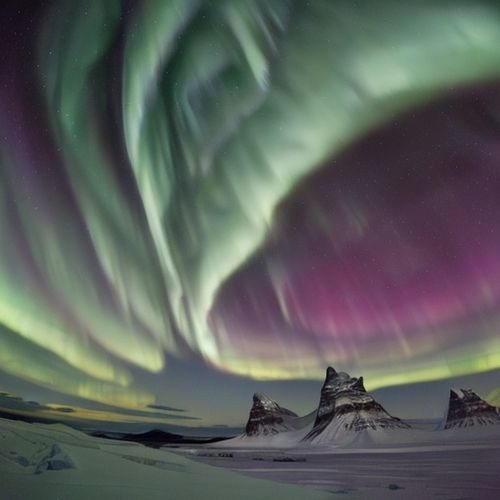
By David Anderson/Apr 28, 2025
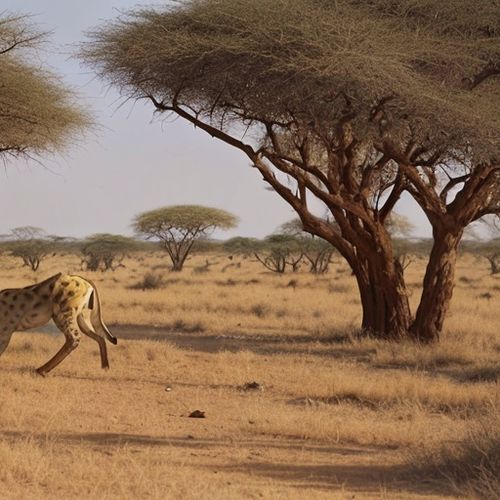
By Megan Clark/Apr 28, 2025

By Natalie Campbell/Apr 28, 2025
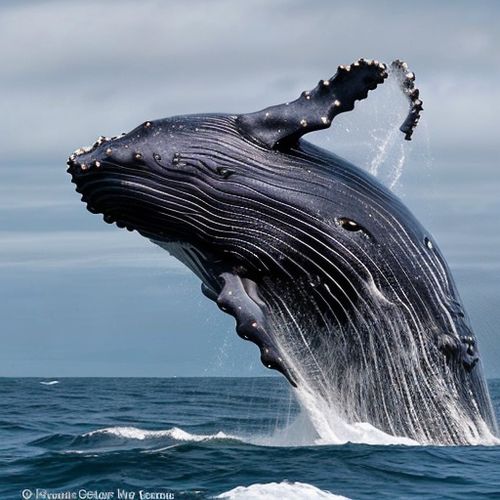
By Olivia Reed/Apr 28, 2025
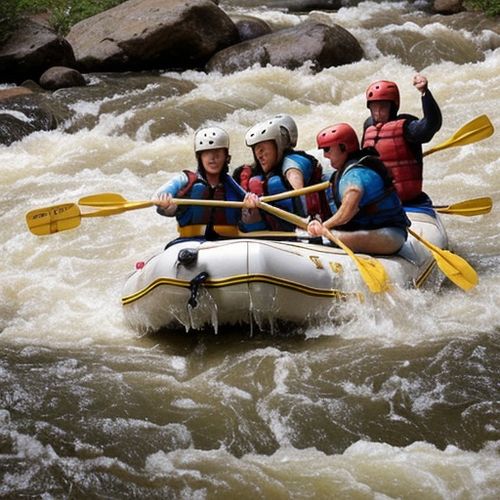
By Rebecca Stewart/Apr 28, 2025
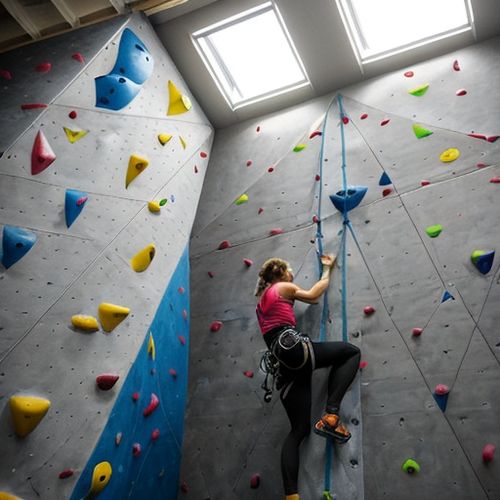
By Eric Ward/Apr 28, 2025
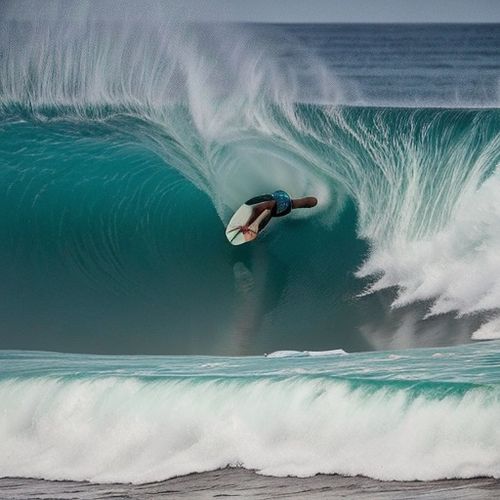
By Grace Cox/Apr 28, 2025
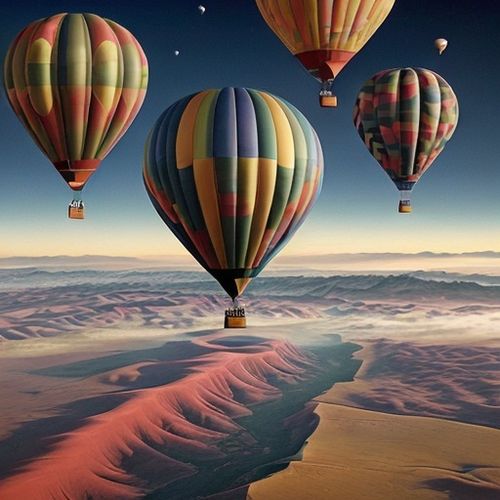
By Noah Bell/Apr 28, 2025
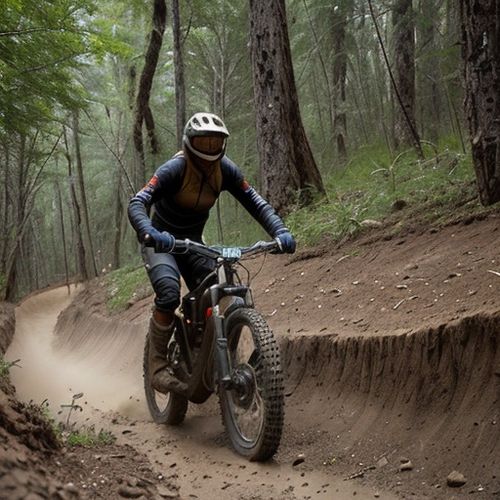
By George Bailey/Apr 28, 2025
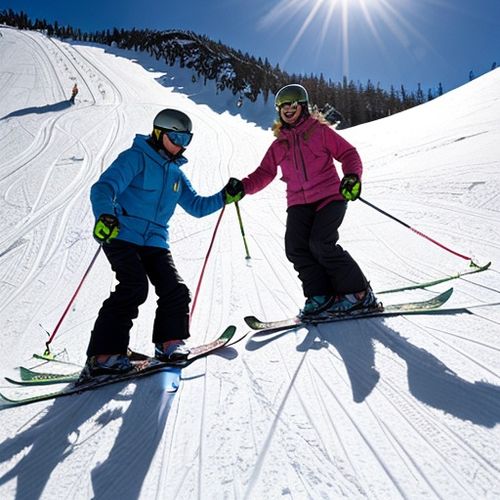
By Michael Brown/Apr 28, 2025

By Samuel Cooper/Apr 28, 2025
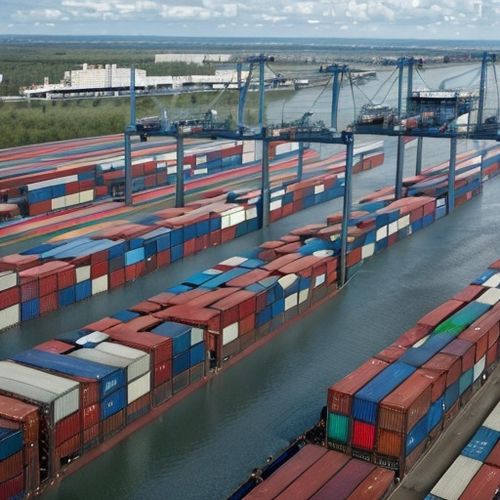
By Laura Wilson/Apr 28, 2025

By David Anderson/Apr 28, 2025
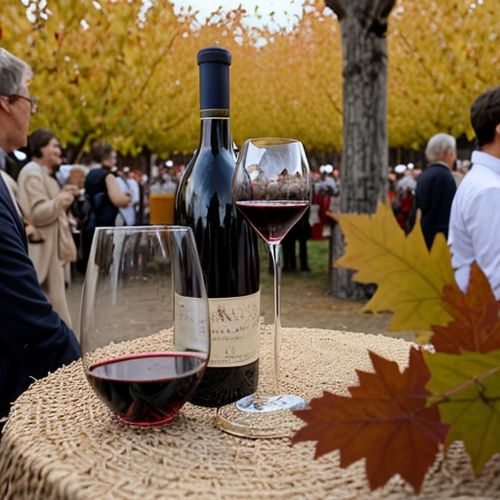
By Noah Bell/Apr 28, 2025
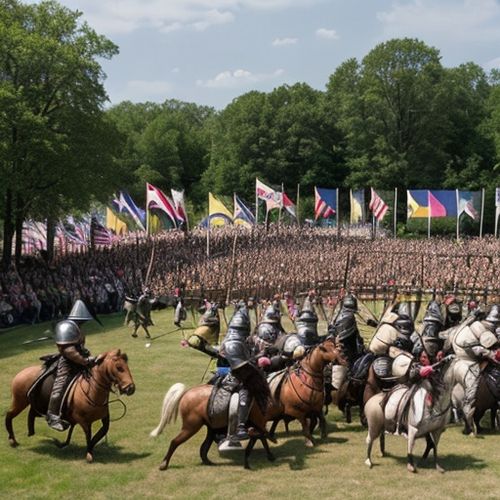
By Benjamin Evans/Apr 28, 2025

By Megan Clark/Apr 28, 2025

By Noah Bell/Apr 28, 2025